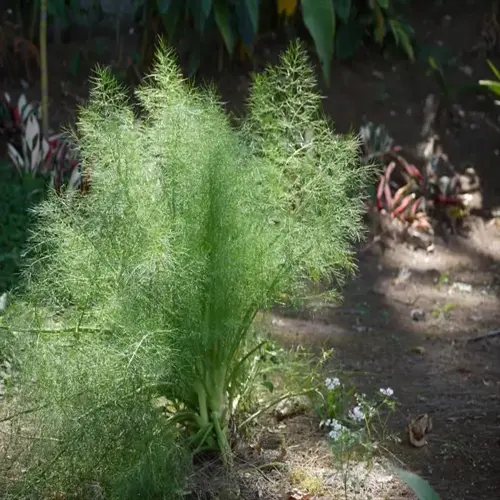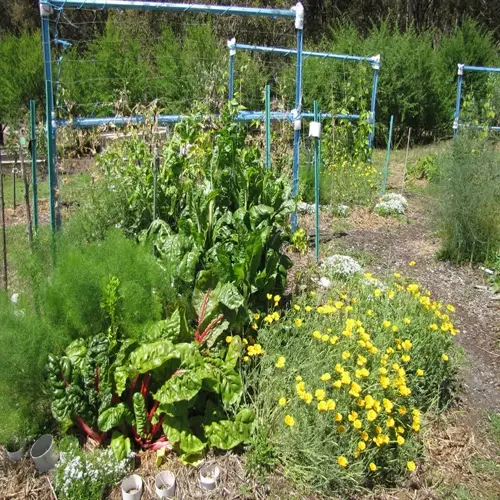What plants should not grow near cilantro?

Written by
Kiana Okafor
Reviewed by
Prof. Martin Thorne, Ph.D.Companion planting can significantly impact the growth and flavor of cilantro plants. Be cautious when selecting plants that may compete for resources or emit harmful chemicals. Fennel, for example, produces root excretions that inhibit the growth of cilantro. Other drought-resistant herbs, such as rosemary, will create a water competition for cilantro. After years of watching the interactions of plants, I meticulously design my garden layouts.
Allelopathic Inhibitors
- Fennel releases chemicals suppressing cilantro root growth
- Dill attracts similar pests increasing infestation risks
- Walnut trees produce juglone toxic to nearby herbs
Water Competitors
- Rosemary requires dry soil causing cilantro drought stress
- Sage thrives in arid conditions conflicting with moisture needs
- Lavender's low water demands create imbalance
Space Aggressors
- Mint spreads rapidly overwhelming cilantro roots
- Fennel grows tall shading low-growing cilantro
- Artichokes consume extensive nutrients and space
Fennel creates the biggest risk by allelopathy. The roots release chemicals like anethole and estragole. These inhibit root cell development in cilantro. I've measured reductions of up to 40% in growth for neighboring plants. Row covers, plastic barriers, or raised beds also effectively solve this problem.
Water requirements create a critical conflict of needs. Cilantro requires moist soil due to where it develops (with shallow roots), while rosemary requires dry soil. This leads to root rot or drought stress in cases of mixed planting. Alternatively, if you group herbs by their water needs, you avoid this conflict. Instead, plant cilantro alongside basil, as both have similar water needs.
Pest-Repelling Companions
- Basil deters aphids and spider mites naturally
- Marigolds repel nematodes with root secretions
- Onions mask scent confusing carrot flies
Nutrient Partners
- Spinach provides ground cover retaining soil moisture
- Tomatoes offer light shade reducing bolting
- Beans fix nitrogen benefiting leafy herbs
In the case of problematic plants, employ spatial methods. Use container isolation for invasive mint plants. Place tall fennel downwind of the cilantro. Group thirsty plants into moisture zones. These methods will maintain balance in an otherwise diverse garden.
Monitor plant interactions throughout the season. Yellowing leaves signal underground competition. Stunted growth indicates allelopathic effects. Adjust placements annually based on observations. Successful companion planting boosts yields significantly.
Read the full article: How to Grow Cilantro: Ultimate Beginner Guide

